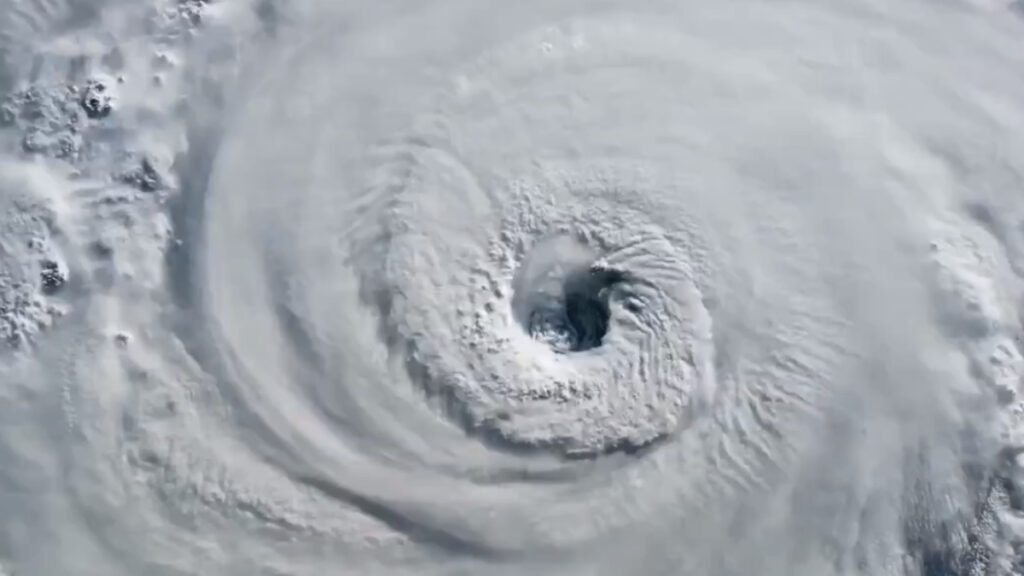
Get ready for a strong hurricane season ahead. On Thursday, top forecasters from Colorado State University predicted an “extremely active” hurricane season. This forecast represents the most hurricanes Colorado State had predicted in April since 1995 when it first began making predictions.
Phil Klotzbach, the forecaster at Colorado National, is familiar with the model’s predictions for the upcoming storm season, which begins on June 1. However, he admits to being cautious about being as busy as expected.
“We’re coming out with a very aggressive forecast: 23 named storms, 11 hurricanes, and five major hurricanes,” said Klotzbach, a senior research scientist in the atmospheric science department at Colorado State University. “And even that is so undercutting all the model guidance.”
“Everything is leaning toward an extremely active season: still record warm Atlantic water temperatures and a pretty rapid transition to La Niña,” he said.
ALSO READ: Heavy Flooding Leaves Thousands Without Power Across Northeast
According to climate data from 1991 to 2020, a typical year has roughly 14 tropical storms, with seven developing into hurricanes. This forecast covers storms in the Atlantic basin, including the Caribbean Sea and the Gulf of Mexico.
The UK Met Office and the European Center for Medium-Range Climate Forecasts predict an active Atlantic season. In line with Klotzbach, they forecast nine hurricanes between April and September. Typically, the maximum hurricane activity occurs between mid-August and mid-October.
POLL — Is Climate Change a Major Threat That Requires Immediate Policy Action?
Klotzbach told USA Today this week that if his late mentor, Bill Gray, knew about their cutting-edge prognosis, he would probably think they had lost their wits. Gray was a pioneer in seasonal typhoon forecasting for the Atlantic.
The seasonal prognosis for the entire country’s Oceanic and Atmospheric Management will not be available until May. However, forecasters there are examining the same styles and temperatures as Klotzbach.
“Nothing surprises me anymore,” said Robbie Berg, a storm specialist at the country’s hurricane center.
ALSO READ: NWS Issues Flash Flood Warnings in California Amid Possible Tornado Reports
Berg notified the United States recently that, despite many projections predicting a gentler season, there were 20 named storms last year. This vast diversity exceeded the average and scored as the fourth-highest total of named storms on the report.
“Our message last year was, ‘Don’t focus on this because we know that there are other factors that come into play in how many storms we get and how strong they get,'” Berg said, adding, “These signals are that we’re heading toward a La Niña, that would tend to support more storms, and the water is very warm.”
Warm water fuels hurricanes and leads to an unstable environment. La Niña, a cyclical phenomenon affecting ocean temperatures and winds in the Pacific Ocean’s equator, has a global impact on weather patterns.
You Might Also Like:
Caesars Palace Gambler Hits Three Jackpots in Three Hours
California Fast Food Chains Lay Off Workers in Droves as New Minimum Wage Takes Effect
Trump Tries to Stop Hush-Money Trial for This Reason
Trump Calls GOP Lawmakers “Weaklings and Cowards” in Easter Message
Whoopi Goldberg Slams Questions About Being Better Four Years Ago, Says Voters Have “Memory Issues”
